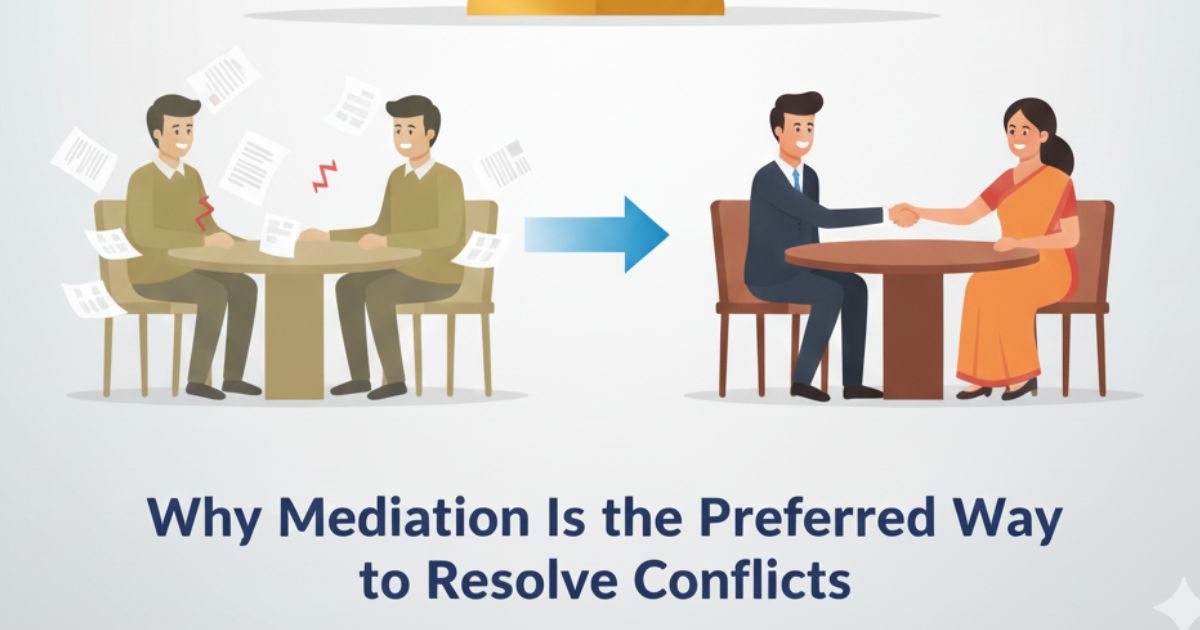· Financial Guidance · 4 min read
What to Expect During the Debt Resolution Process
Understand what usually happens during the debt resolution process in India. A simple guide on how debt settlement discussions and steps generally move forward.

Managing debt pressure can feel overwhelming , especially when calls keep coming, repayment feels difficult, and saving becomes almost impossible. Many individuals in India today explore debt resolution as a way to regain financial balance and breathe freely again.
If you are planning to go through a debt resolution process, you may wonder what the experience looks like and how things normally go. Every case is different, but there is a general flow that many people observe.
This guide will help you get a clear picture without making legal or financial claims , just a practical understanding from a real-world point of view.
Understanding Debt Resolution
Debt resolution usually means trying to settle outstanding dues in a more manageable way instead of continuing with financial stress or legal pressure. It may involve structured communication, negotiation efforts, and mutual agreement between the borrower and creditor.
Many people choose this route when income gets tight, unexpected expenses come up, or repayment terms suddenly feel difficult to handle.
What You Can Generally Expect in the Process
1. Initial Discussion About Your Situation
Most journeys begin with you sharing your financial condition, outstanding loans or credit cards, and current challenges. This helps understand the situation, your comfort zone, and what outcome you are hoping for.
It is simply about clarity , no judgments.
2. Reviewing Your Debts and Documents
Basic information like lender details, loan agreements, and payment history may be reviewed. The idea is not to complicate things but to understand the overall picture so the next steps are realistic and aligned with your capacity.
3. Creating a Practical Approach
Depending on your financial situation, a structured approach is usually discussed. It may involve exploring:
Possible negotiation options
Estimated timelines depending on cooperation from the creditor
Ways to manage communication if harassment is involved
The purpose is to build a path that feels manageable and not stressful.
4. Communication With Lenders
Once things are understood, communication with the lender or bank often takes place. Instead of you facing calls and pressure, there may be a more organised way of talking to creditors about your situation.
This step is generally aimed at reducing stress and ensuring a respectful and calm approach.
5. Negotiation Phase
A negotiation effort is made to find a balanced resolution. It is not about guaranteeing outcomes but trying to create space for understanding between both sides.
This stage may take time, depending on lender response and the situation.
6. Settlement Agreement
If both sides agree, a settlement understanding is usually documented to ensure clarity.
Terms are normally based on mutual acceptance —, not force.
7. Support Through the Journey
Debt resolution professionals often guide you throughout the process , especially when dealing with recovery calls or communication stress. The idea is to help you move through things without panic.
It’s about emotional support as much as financial direction.
How You May Feel During the Process
Many people feel:
Relieved that someone understands their situation
Calm once calls reduce
More in control with a structured plan
Motivated to rebuild their financial life
It is completely normal to feel nervous initially, but once the process starts, clarity and peace tend to improve slowly.
Final Thoughts
If you’re struggling with loan EMIs, credit card dues, or stressful recovery calls, exploring debt resolution can bring clarity and breathing space. No one deserves constant financial stress , with the right approach, peace and stability are possible.
Every debt journey is personal. With the right guidance and respectful communication, many people find a way out and start fresh again.
FAQs
1. What is debt resolution?
Debt resolution is a process where borrowers and lenders try to reach a mutual agreement to settle outstanding dues in a manageable and practical way, often through negotiation and structured discussions.
2. Will debt resolution stop recovery calls immediately?
Recovery calls may reduce once communication begins through professionals, but the timeline can vary depending on the lender’s internal processes and cooperation.
3. Do I need a lawyer for debt resolution?
Yes, if legal notices or court matters are involved. Otherwise, many people work with debt resolution professionals without needing a lawyer.
Disclaimer:
The information shared in this blog is for general awareness only. Every individual’s situation may differ, and the actual process or outcome can vary based on personal and legal circumstances.



.DnQ6twjr.jpg)